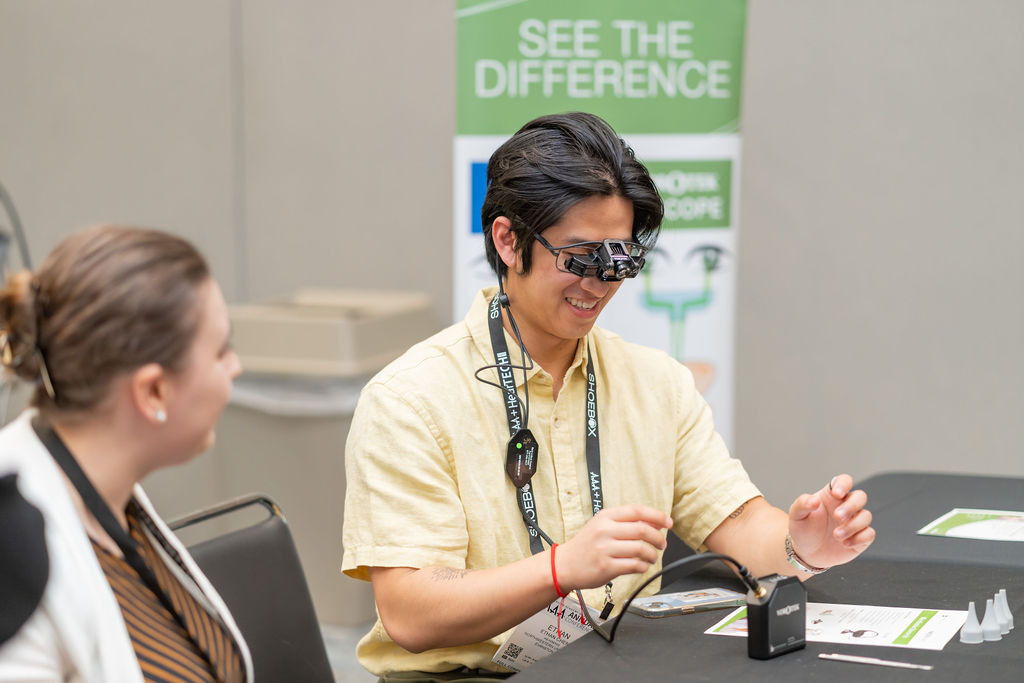Viruses like cytomegalovirus and certain strains of herpes are known to affect the inner ear causing sudden sensorineural hearing loss, tinnitus, and vertigo symptoms. However, due to the inaccessibility of the inner ear structures, studying how these viruses get there and exactly how they damage the system remains elusive.
Even though the Centers for Disease Control and Prevention (CDC) does not list loss of hearing, tinnitus, or vertigo as short-term or long-term symptoms/complications of COVID-19, numerous small studies have reported patients’ experiences.
In a recent web article, Dr. Matt Stewart, an ear surgeon and researcher at Johns Hopkins University, describes his new investigational efforts using old techniques. Studying the inner ear via temporal bones collected postmortem may sound creepy, but that is exactly what they did. Also, Stewart points out that his team had to use a diamond saw instead of a more modern drill to reduce fine dust particles, as at the time of study, the transmissibility of COVID-19 through dust particles was unknown.
For more interesting details, check out the reference for the full interview and article.
Reference:
Landau, E. (2022) “To Learn How COVID Affects the Ear, Scientists Turn to Cadavers.” Undark Magazine. January 4.
Recent Posts
Turn Insight Into Action! Attend Learning Labs at AAA 2026
Ready to take your professional development to the next level? At AAA 2026, Learning Labs are your chance to go beyond lectures and dive into…
Your Support Makes the Difference—Let’s Finish the Year Strong
As we wrap up the year, I want to thank you for your generosity supporting the AAA Foundation’s work. The enclosed report highlights what you…
Audiology Faces New Challenges Under Draft Federal Loan Rule: What Comes Next
Member Action Needed Soon! The U.S. Department of Education’s Advisory Committee has reached consensus on proposed regulations implementing the higher education provisions of the One…


